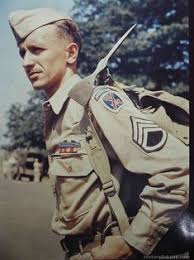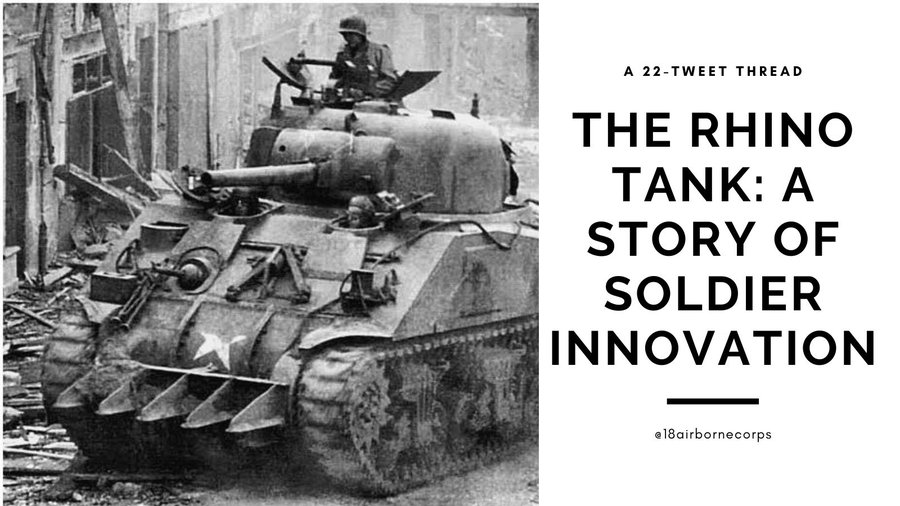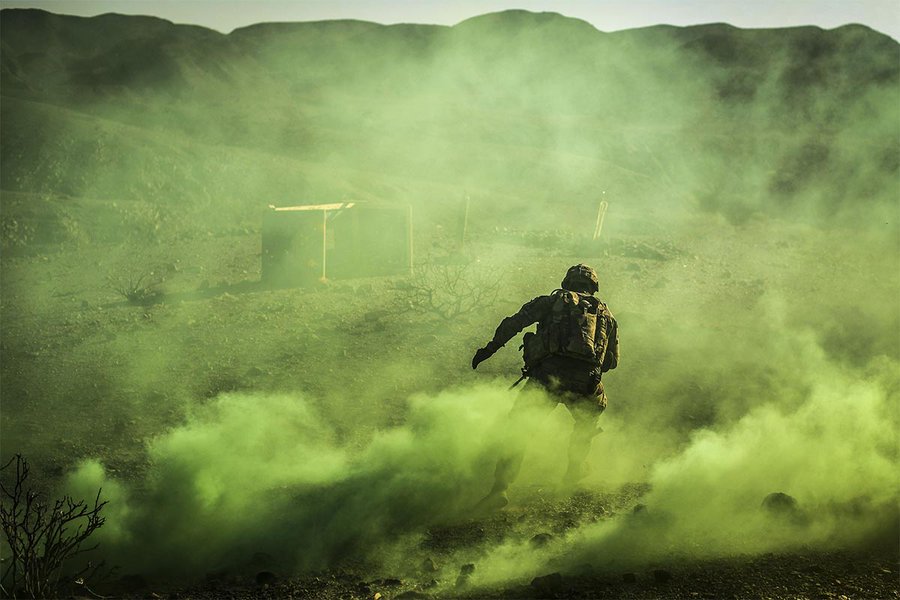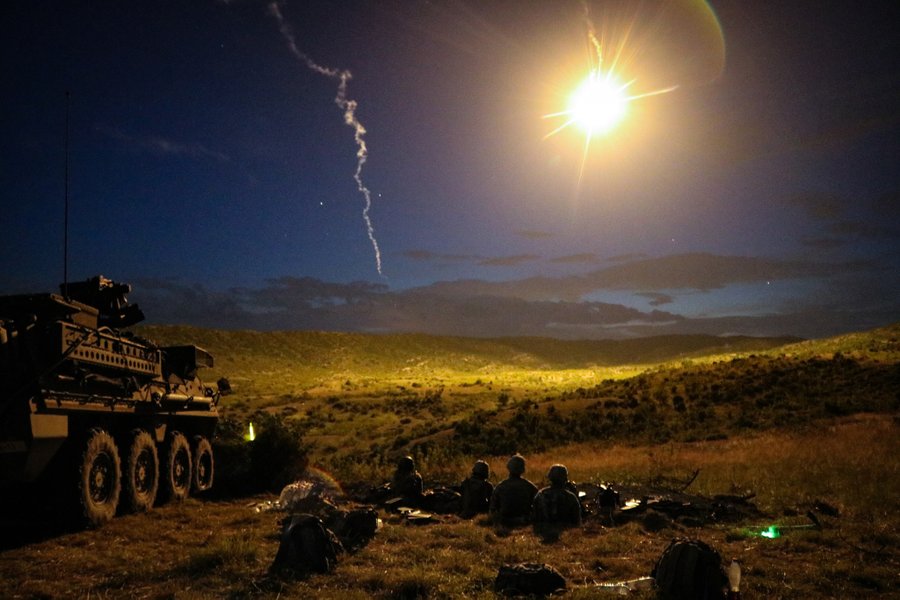
[1 of 9]
Happy Friday! Today is Day 9 of our series of daily stories of Soldier ingenuity throughout Army history.
Every day until Dragon's Lair, Episode 3 (Monday, Feb 22), we're highlighting another Soldier innovation from our past.
Happy Friday! Today is Day 9 of our series of daily stories of Soldier ingenuity throughout Army history.
Every day until Dragon's Lair, Episode 3 (Monday, Feb 22), we're highlighting another Soldier innovation from our past.

[2 of 9]
During the Vietnam War medical care evolved rapidly out of necessity. Industrious medics and docs in the field rapidly developed news methods of keeping Soldiers alive for longer.
One such doc: Captain Norman Rich with the 2nd Mobile Army Surgical Hospital (MASH).
During the Vietnam War medical care evolved rapidly out of necessity. Industrious medics and docs in the field rapidly developed news methods of keeping Soldiers alive for longer.
One such doc: Captain Norman Rich with the 2nd Mobile Army Surgical Hospital (MASH).
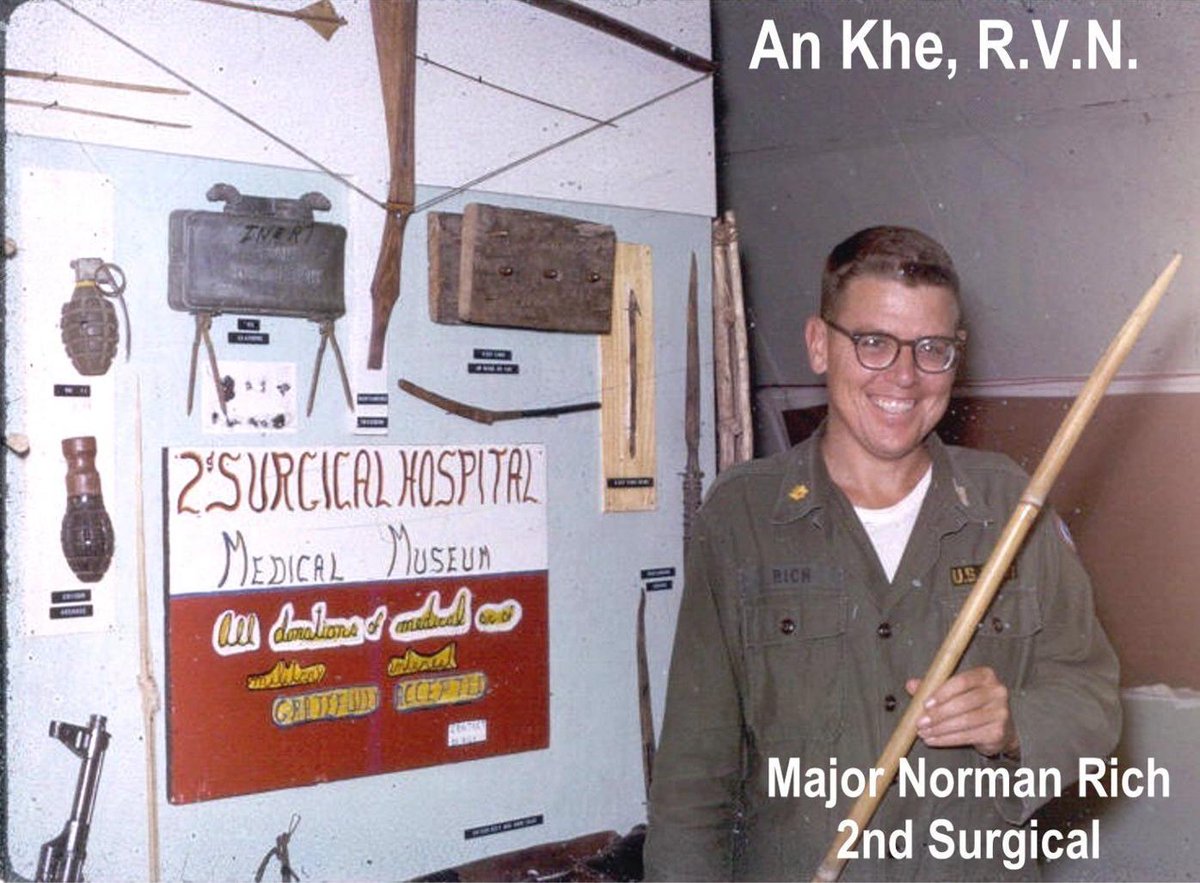
[3 of 9]
The 2nd MASH stabilized wounded patients before transporting them to a General Hospital in Japan.
Norman's primary responsibility in many cases was to preserve a limb that had been shot.
The 2nd MASH stabilized wounded patients before transporting them to a General Hospital in Japan.
Norman's primary responsibility in many cases was to preserve a limb that had been shot.

[4 of 9]
Norman worked on hundreds of arms/legs during his time with the 2nd MASH in 1965. He did what he could to keep a limb functioning.
He realized that there was no formal documentation of injuries to limbs in theater that could carry over to a civilian hospital in the US
Norman worked on hundreds of arms/legs during his time with the 2nd MASH in 1965. He did what he could to keep a limb functioning.
He realized that there was no formal documentation of injuries to limbs in theater that could carry over to a civilian hospital in the US

[5 of 9]
As a result, in 1966, while working at Walter Reed Medical Center, Norman developed the Vietnam Vascular Registry (VVR).
As a result, in 1966, while working at Walter Reed Medical Center, Norman developed the Vietnam Vascular Registry (VVR).

[6 of 9]
The registry documented & analyzed blood vessel injuries in Vietnam, resulting in documentation of 10k+ injuries from about 7,500 American casualties.
Each patient entered into the registry was assigned a number and given a registry card stating the registry's purpose
The registry documented & analyzed blood vessel injuries in Vietnam, resulting in documentation of 10k+ injuries from about 7,500 American casualties.
Each patient entered into the registry was assigned a number and given a registry card stating the registry's purpose

[7 of 9]
The Army has maintained Norman's registry for more than 50 years.
In 2016, the registry was digitized, making it much easier to search and find records from vascular patients injured in the Vietnam War.
The Army has maintained Norman's registry for more than 50 years.
In 2016, the registry was digitized, making it much easier to search and find records from vascular patients injured in the Vietnam War.

[8 of 9]
Norman Rich is now a revered figure in the medical community.
He's recognized not only for sparing hundreds of Vietnam veterans from limb amputation, but with bringing vascular injury management into a new age through his registry.
Norman Rich is now a revered figure in the medical community.
He's recognized not only for sparing hundreds of Vietnam veterans from limb amputation, but with bringing vascular injury management into a new age through his registry.

[END]
The next great innovation resides somewhere within our formation.
Somewhere, a Soldier has an idea that will revolutionize some aspect of life in the Army.
Let's bring those ideas to light with Dragon's Lair, Episode 3 on Monday, February 22nd.
The next great innovation resides somewhere within our formation.
Somewhere, a Soldier has an idea that will revolutionize some aspect of life in the Army.
Let's bring those ideas to light with Dragon's Lair, Episode 3 on Monday, February 22nd.

• • •
Missing some Tweet in this thread? You can try to
force a refresh



